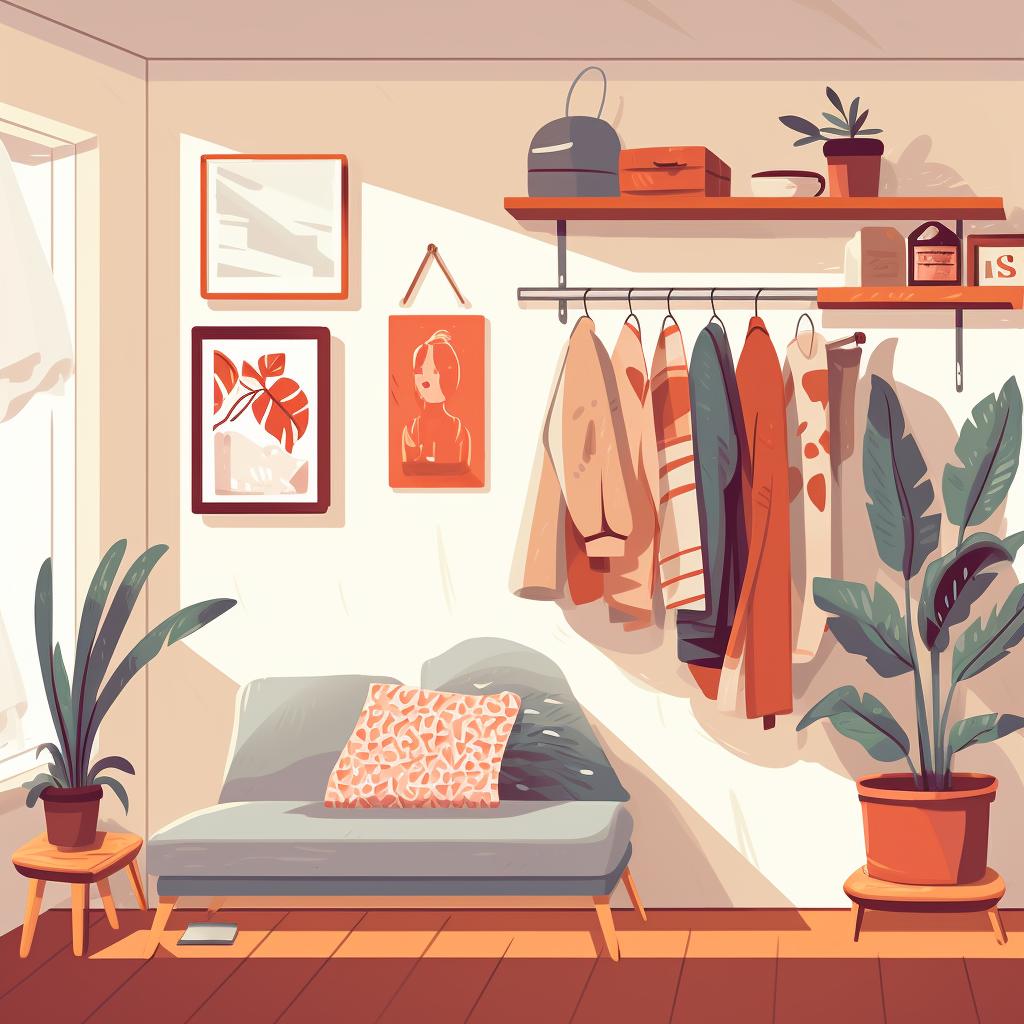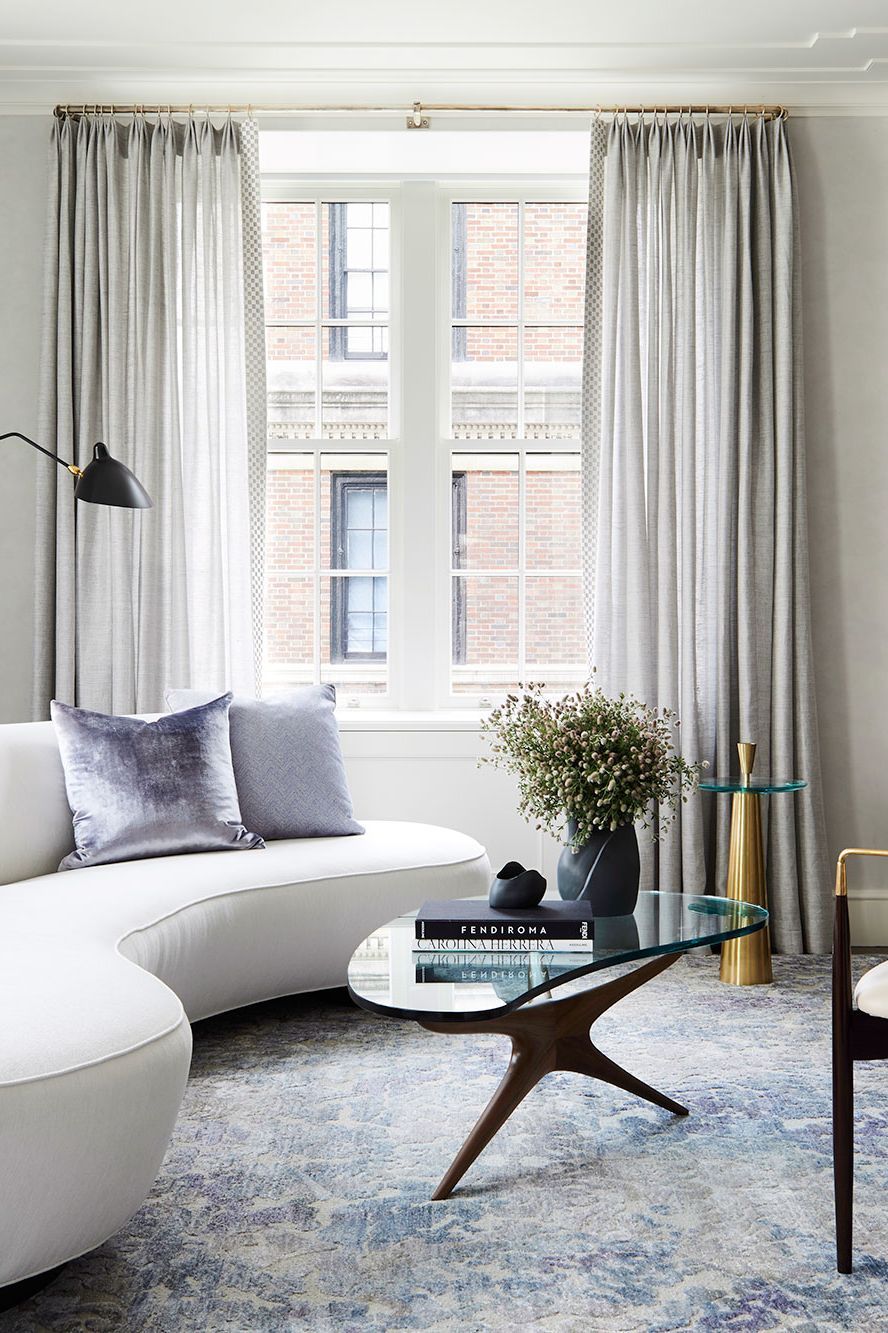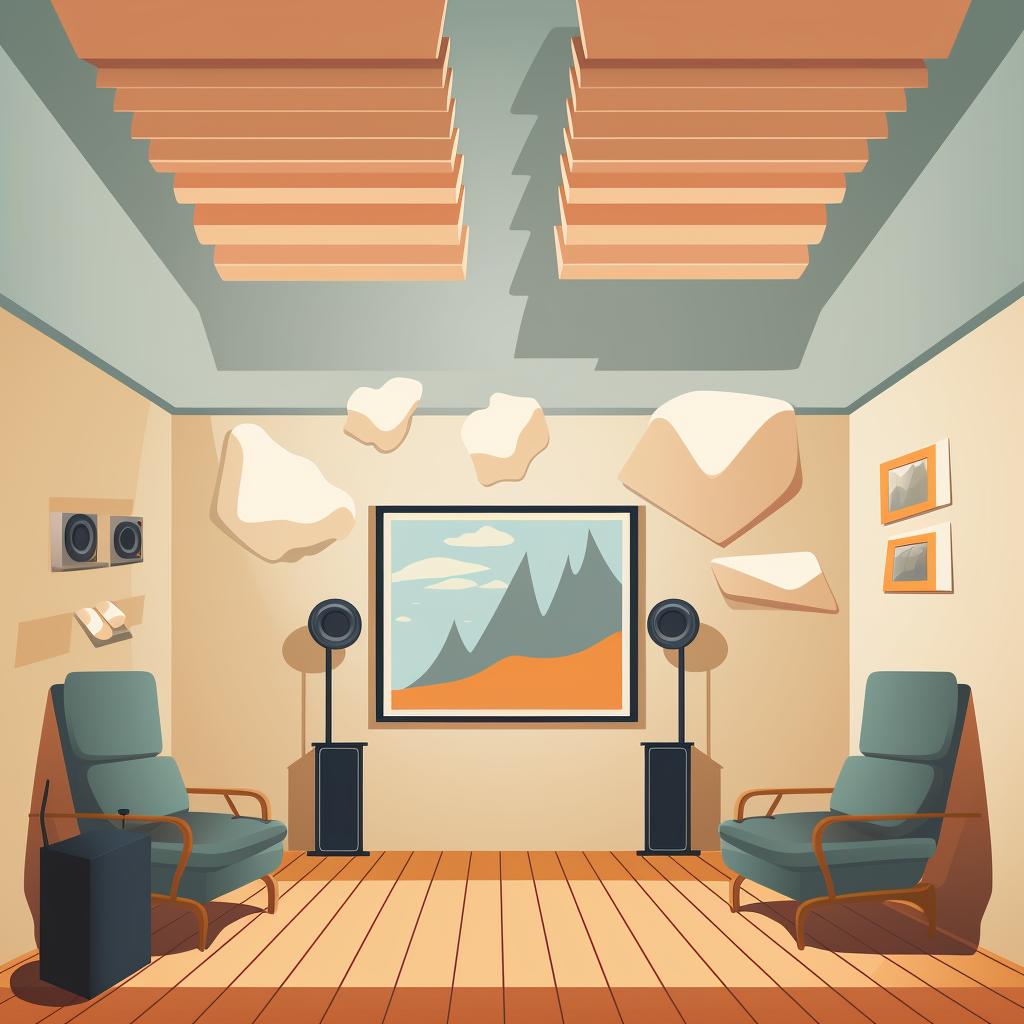Liv is a singer-songwriter and music teacher with a passion for acoustic music. She has a wealth of experience in recording vocals and acoustic instruments. Liv loves helping others capture their musical ideas in the best possible quality.
Yes, hanging clothes on your walls can indeed help with soundproofing your home studio! However, it's important to note that while this method can be effective, it won't offer the same level of soundproofing as professional materials. Let's delve deeper into this DIY home studio soundproofing approach.
Why Trust Your Wardrobe for DIY Home Studio Soundproofing? 👕🎧
Clothes, especially thick and heavy ones, can absorb some sound waves, reducing their reflection within the room. This can help in improving home studio acoustics by reducing echoes and background noise. It's a low-cost studio soundproofing option that is easily accessible and requires minimal setup.
Here's an example of a home studio where clothes were used as a soundproofing material.
As seen in the post, clothes hung on the walls can help dampen the sound within the room, providing a cost-effective solution for home studio soundproofing.
However, while clothes can help dampen sound within the room (which is great for recording), they won't block out external noises. For that, you might need more robust soundproofing solutions.
Beyond Your Closet: Other Low-Cost Studio Soundproofing Tips 🏠🔇
There are many ways you can enhance the soundproofing of your home studio without breaking the bank. For example, using bookshelves filled with books, installing heavy curtains, or using foam panels can all contribute to a quieter home studio.
Let's explore how you can use common household items to soundproof your home studio.
Remember, every room is unique. What works for one might not work for another, so it's crucial to experiment with different methods and find what works best for your studio.
Remember, every room is unique. What works for one might not work for another, so it's crucial to experiment with different methods to find what works best for your space.
Ready to Level Up? Exploring Professional Soundproofing for Your Home Studio 🎵🔨
If you're serious about your recordings and want to invest in your studio, consider professional soundproofing materials. These can provide more significant noise reduction and improve the overall acoustics of your room.
Comparison of Various Soundproofing Materials
Let's take a look at some professional soundproofing materials that you might consider. We've compared their effectiveness, cost, and ease of installation to help you make an informed decision.
| Soundproofing Material | Effectiveness | Cost | Ease of Installation |
|---|---|---|---|
| Hanging Clothes | 👍 Good (for dampening sound within the room) | $ (Cost of clothes you already own) | 👍👍 Very Easy |
| Acoustic Foam Panels | 👍👍👍 Excellent | $$ (Depends on room size and type of foam) | 👍👍 Easy |
| Soundproof Drywall | 👍👍👍👍 Superb | $$$ (Significantly higher, includes material and labor) | 👍 Moderate (Professional installation recommended) |
| Mass Loaded Vinyl (MLV) | 👍👍👍👍👍 Outstanding | $$$$ (High, includes material and labor) | 👍 Moderate to Hard (Professional installation recommended) |
As you can see, professional soundproofing materials offer a higher level of soundproofing than DIY methods, but they also come with a higher price tag. However, the investment can be worth it if you're serious about your recordings.
While the cost to soundproof a room professionally can be higher, the results are often worth the investment, especially if you're recording high-quality audio.
Parting Notes: Your Journey Towards a Quiet Home Studio 🎶🏡
Using clothes for soundproofing can be a quick and easy way to improve your home studio's acoustics, but it's not a one-size-fits-all solution. It's always a good idea to combine different methods for the best results. Happy recording!
Soundproofing Your Home Studio
Let's see how much you've learned about soundproofing your home studio! Choose the best answer for each question.
Learn more about 🎧 Soundproofing Your Home Studio: Take the Ultimate Quiz 🎵 or discover other Fresh Out of the Booth quizzes.
For more soundproofing tips for your home studio, check out our comprehensive DIY guide and our Home Studio Setup Guide. No matter your budget or space, we have tips and tricks to help you create a recording space that works for you.
What DIY soundproofing methods have you tried in your home studio?
We're curious to know what creative ways you've used to soundproof your home studio. Share your experience with us!

























